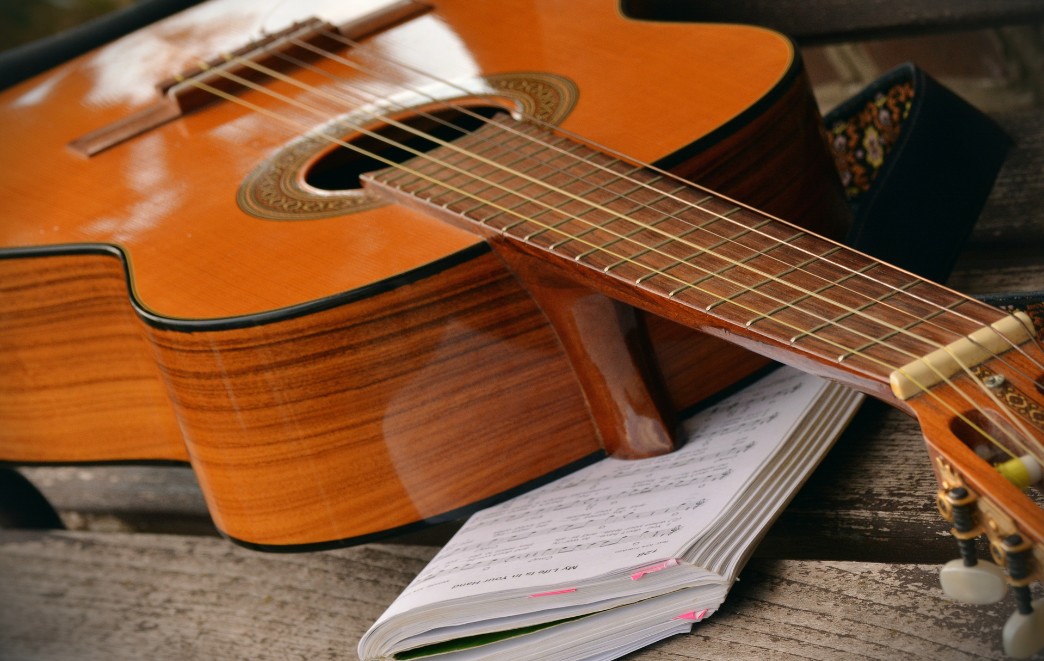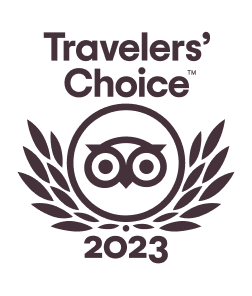
Every October 31st in Peru, a dilemma faces would-be revelers due to the fact that two well-known holidays fall on the same day: Peru’s Día de la Canción Criolla, and the mass-marketed US and European holiday, Halloween.
What is the Día de la Canción Criolla?
Some background on the Día de la Canción Criolla (Creole Song Day): It’s a celebration of Peru’s unique style of Criollo music, music that was developed during Peru’s colonial era by the Afro-Peruvian slaves that were brought to Peru beginning in the 16th century. This music also combines Andean and Spanish elements and instruments, such as the cajón, a boxlike drum whose player is seated on the instrument itself, the Spanish guitar, and castanets played with the fingers. Some Criollo dances are the Vals Criolla, the Marinera, and the Festejo.
History of the Día de la Canción Criolla
The Día de la Canción Criolla was fist established in 1944 by Peru’s then-president, Manuel Prado y Ugarteche to honor this unique genre created and performed by Peru’s coastal population. Participants and performers dress, sing, dance and play instruments in the festive Criollo style, a style that’s grown up in Peru.
Peru came by the Día de la Canción Criollo honestly.
And Then There’s Halloween.
It’s not that Peruvians don’t have the right to celebrate Halloween if they want to.
But, to some of us at least, it’s disturbing when an imported, commercialized holiday is chosen for celebration over a holiday that’s of, by, and for Peru and Peruvians.
The Problem with Halloween
Whatever its origins, Halloween is now a mass-marketed holiday that’s promoted on kid-oriented cable channels and in supermarkets with colorful displays of cheap costumes and artificially flavored candies. And, perhaps more to the point, it’s attractive to children, who certainly can’t be expected to have the discrimination to reject Halloween with its bright colors and mass-marketed sense of “cool” in order to celebrate what is genuinely Peruvian.
It’s not that Halloween is bad, per se. But its celebration in Peru, especially when it becomes more popular than true Peruvian festivities, is an example of the global influence of large corporations to spread bright colors and cheap flavors in place of traditions that have real value and meaning, like the Día de la Canción Criollo.
Halloween vs. Día de la Canción Criolla
Since kids can’t be expected to discern between real nutrition and junk food, literally and figuratively, it’s up to the adults in their lives to decide what they will allow their children to consume. If they choose wisely, perhaps true traditions like the Día de la Canción Criollo, will outlive imported holidays like Halloween in a unique and colorful Peru.
Thinking about traveling to Peru towards the end of October? Contact Kuoda Travel and determine how you would like to spend your 31st.
Fascinating Facts You Should Know About the Incas
Curious to know some facts about the Incas? Explore Inca Heritage with Kuoda Travel. Well, for starters, depen...
Read Post4 Ways To Immerse Your Family in Local Culture on Your Luxury Trip To South America
If you’re planning a luxury trip to South America for the entire family and want to include some kid-friendl...
Read Post11 Must-See Art and Culture Experiences In Argentina
Overflowing with creativity and passion, art and culture experiences in Argentina are not difficult to find. F...
Read Post

 Call
Call 























